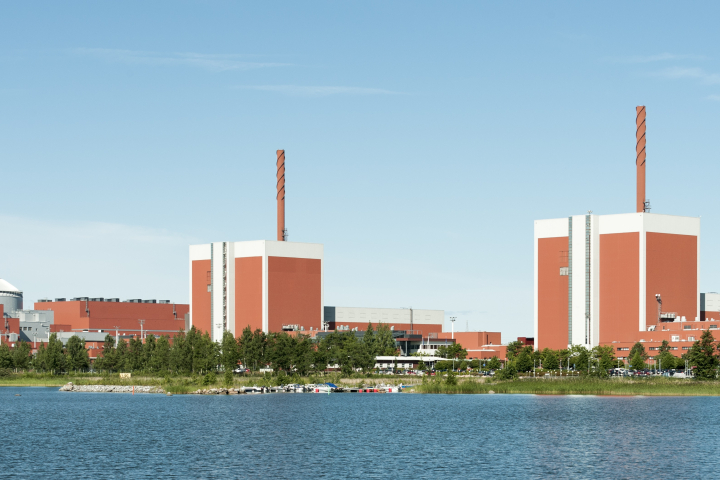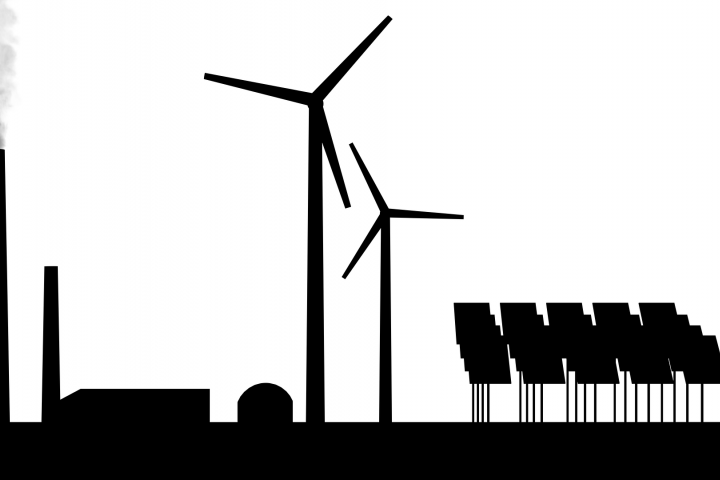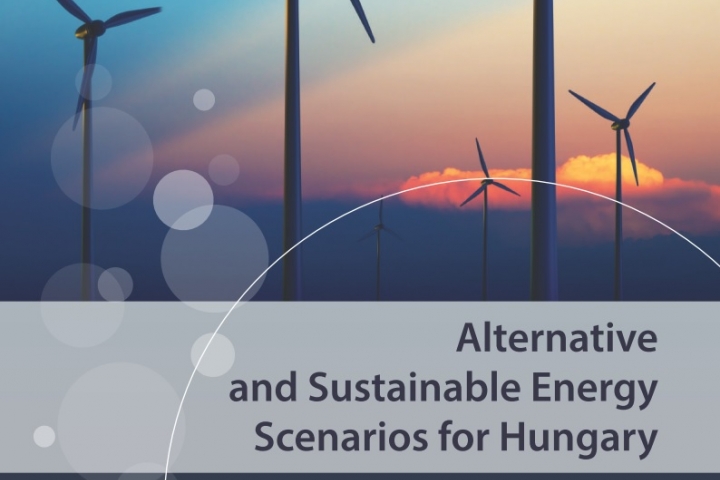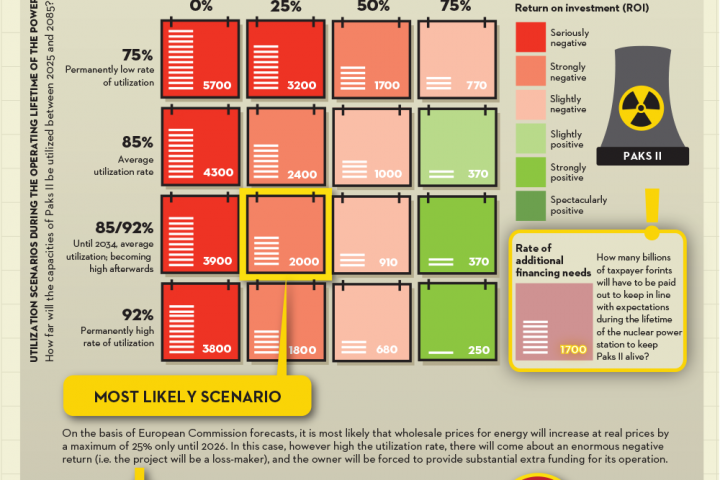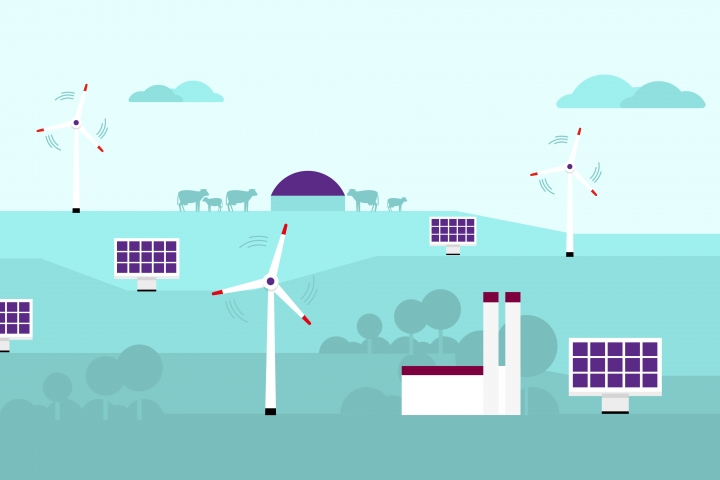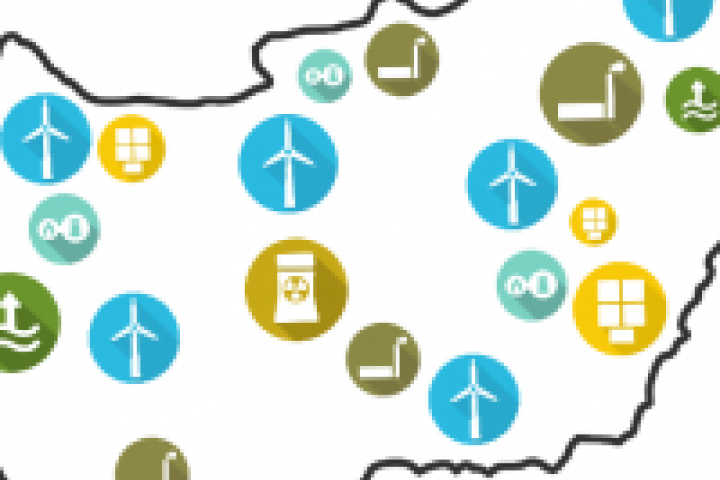The Paks Diaries - November 2023
Energiaklub is launching a series of blog articles to provide monthly overviews of what is happening with the Paks II project, which the government wants to accelerate and the lifetime extension of Paks I NPP.
"The Paks expansion is no longer about paperwork, but about the actual construction, and accordingly the parties have signed a schedule of works for the coming years, which will ensure that the new units can start production by the early 2030s", Minister of Foreign Affairs and Trade Péter Szijjártó announced in mid-November. However, the announcement (which not only set out a timetable for the coming years, but also acknowledged that the project had been delayed again) does not say much more than Rosatom CEO Alexei Likhachev said in September during his visit to Paks. The CEO of the Russian state-owned nuclear giant said after inspecting the current status of the test pit for the gap wall, that he believed construction could start in early 2025, with the first concrete pouring of the Paks II project. (Levente Magyar, the state secretary in charge of the project, who was with him on site, said something different - and this communication confusion was analysed by Népszava.)
In September, the head of the Russian state-owned company also announced that Rosatom would start manufacturing some of the main components. And Likhachev even promised that "special attention will be paid to the Paks II project and the company will direct its best workforce to it". In comparison, two months later the Hungarian minister added only three figures to what had already been known: the main contractor had already involved 94 Hungarian companies in the works, the excavation work had to continue until a depth of 23 metres, and the gap-walling work by the French-German contractor was currently at 77 per cent completion.
But beyond the unverifiable and marginal figures, there were also more important events concerning Paks II that deserve clarification. According to an article published in mid-October in the economic portal Portfolio, the government would change the law on nuclear energy on three points in order to speed up the official procedures (the licensing procedure for Paks II and the protocol for the extension of the operating life of the Paks nuclear power plant). According to the article, the package of amendments submitted by the Ministry for Energy could narrow the powers of the Hungarian Atomic Energy Authority (HAEA). For example, by introducing a so-called "notification acknowledgement procedure" and a "derogation notification acknowledgement procedure", with a deadline of 15 days. However, the reading that this is intended to speed up the authorisation procedure (i.e. to allow the Paks II project to obtain the necessary authorisation for the actual start of construction) may be true, but it does not mean that it does not give the President of the HAEA similar control rights as before. The five options available to President Andrea Kádár - (1) to acknowledge the notification subject to conditions, (2) to establish a point of control and a point of restraint in the process of the activity covered by the notification, (3) to apply points (a) and (b) together, (4) to refuse to acknowledge the notification, or (5) to acknowledge the notification - could in fact have the same restrictive, suspensive and conditional consequences as previously.
The autonomy of HAEA was previously described in detail in Free Europe at the end of August. The article, titled "Can the Hungarian Atomic Energy Authority be Hungary's adversary?", investigated whether the Authority is obstructing the government's nuclear power plant construction ambitions, and whether there is still a significant gap between communication messages and reality. (The very purpose of the autonomy of HAEA, which is in line with EU requirements, was to create independence from the government – and the president's right to issue decrees is the surest means of achieving this.) At the end of the summer, after Péter Szijjártó announced that the amendment to the currently signed project construction contract "will close the preparatory phase of the project, and thus the second phase of the actual physical construction can begin", and that "anyone hindering the Paks project is Hungary's opponent". This is why the position of HAEA became questionable, as it had to be clarified whether the test pits dug at Paks could be considered as part of the construction - because HAEA had not issued the necessary permit to start construction of the plant.
Several Hungarian journalists reported that the amendment of the 2015 nuclear law was not initiated by the minister or the government, but by HAEA itself. Or rather, the law is amended to be in accordance with the organisational form of the Authority from 2022, with HAEA operating as an "independent regulatory body outside the direct control of the government". HAEA definitely remains the Hungarian nuclear regulator, which continues to have exclusive competence for the licensing, commissioning, operation and decommissioning of nuclear power plant construction. HAEA sources also said that "the legislative amendments do not change this, nor do they limit the authority's powers".
Time will tell which reading is more correct. What is certain, however, is that an HAEA licence issued in early December does not at all suggest that the agency is any less careful or consistent in imposing conditions than before. (This is about the "digging" that the Russian state nuclear company Rosatom started a year ago. At the time, the industry portal NucNet quoted Minister Szijjártó saying that "Hungary is satisfied with Russian suppliers".) The Authority responded to the demolition permit application submitted by the investor in September on 11 December and therefore it missed the deadline and had to pay a fine of HUF 10,000. More important is the content and meaning of the decision: according to the HAEA decision issued, the permit for the "demolition of the test area of the gap wall" granted on 30 November 2025 is subject to a number of conditions and obligations. Not only does the text of the decision state that the Paks project must comply with a number of fire safety and disaster prevention requirements (which, according to the decision it currently does not meet), but also that, as the construction and demolition of this gap wall test site are inherently necessary for the construction of the new nuclear power plant units, construction cannot start before this work is completed.
As reported by hvg.hu on 20 November, a minor detail, which may be important for the future of nuclear energy in Hungary, was introduced in the government proposal on spent nuclear fuel and radioactive waste management. According to the paper, the sentence "....the nuclear power plant may also use new, alternative fuel from a different producer, especially during its extended operating life" means that the way could be opened for future nuclear fuel of French origin. The problem is not so much that the French supplier option does not yet exist (and that the day after the news broke, the Russian news agency TASSZ also reported that Hungary has no alternative to Paks fuel), but that the replacement of Russian nuclear power plant fuel suppliers in the region is envisaged to be an American solution in a few years' time.
However, Free Europe has also drawn attention to another aspect. It pointed out that while Hungary continues to hold on to its Russian nuclear industrial dreams, a very different kind of nuclear industry organisation has started to take shape in the region (also in Europe). The article, published on 21 November, details how the Czech, Slovak, Polish, Romanian, Bulgarian and Ukrainian nuclear power visions have become the focus of US interest in recent months. This includes ideas for building new nuclear power plants (small and large), and also a timetable for providing Westinghouse fuel for the existing Russian technology. In Hungary, the Phoenix project, which was launched with US government support, has only be reported about by Free Europe.
